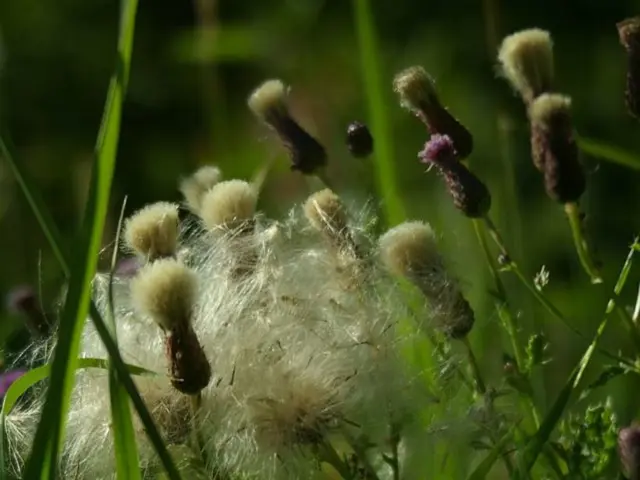Causes and Prevention Strategies for Tomato Splitting
Tomato Splitting: Tips for Prevention and Management
Growing tomatoes can sometimes be a challenge, with some gardeners encountering issues like splits or cracks in their fruit. These occurrences can diminish yield and have a ripening impact, but what causes them, and how can they be prevented? Gardening experts shed light on this common issue and provide insights to grow healthier tomatoes.
Tomatoes tend to split due to sudden irregularities in watering, unlike persistent overwatering or underwatering. "As the fruit absorbs water, it expands rapidly, but the skin cannot stretch fast enough to accommodate this growth, leading to splits," says Daniel Power, founder of The Botanical Institute. Often, it happens after a dry spell when there's a heavy downpour of rain or excessive irrigation.
Another factor that contributes to splits is the tomato variety. Heirloom tomatoes, with thinner skins, are more susceptible to splitting as opposed to other, thicker-skinned types.
How to Deal with Split Tomatoes
If you notice some tomatoes splitting on the vine, be sure to harvest them as soon as they ripen to prevent rot and disease. For tomatoes nearing ripeness, place them on your kitchen counter to continue ripening and monitor the cracks carefully. Although you can eat split tomatoes, it's essential to discard any that have a sour smell or seepage from the crack.
Preventing Tomato Splitting
To minimize splitting, establish consistent watering practices and maintain even soil moisture. "Maintaining consistent soil moisture by watering regularly and avoiding sudden changes is crucial for tomato health," says Nikhil Arora, co-founder and CEO of Back to the Roots. Additionally, mulching and mixing high-quality organic compost around the base of the plants can help regulate soil moisture and increase water retention.
Harvesting your ripe or nearly ripe tomatoes before heavy rainfall is another defense against splitting. Opting for thicker-skinned tomato varieties can also help reduce the likelihood of splits.
Tomato Varieties Less Prone to Splitting
When planning your tomato garden, consider planting varieties such as Roma, San Marzano, Plum, Big Beef, Big Boy, Golden Sweet, Grape Tomato, Sun Gold, and Celebrity, as they are less prone to splitting.
In essence, tomato splitting is primarily caused by fluctuating watering conditions, leading to rapid internal swelling but limited skin expansion. With proper watering consistency, mulching, timely harvesting, and selecting suitable varieties, you can minimize tomato splitting for a more robust harvest.
- To prevent tomato splitting, one must establish consistent watering practices, ensuring even soil moisture and avoiding sudden changes.
- Home-and-garden enthusiasts looking to reduce tomato splitting can opt for thicker-skinned varieties like Roma, San Marzano, Plum, Big Beef, Big Boy, Golden Sweet, Grape Tomato, Sun Gold, and Celebrity.
- Gardening lifestyle expert Martha Stewart might suggest implementing gardening ideas such as mulching, mixing organic compost, and careful harvesting to minimize tomato splits in a vegetable garden.








